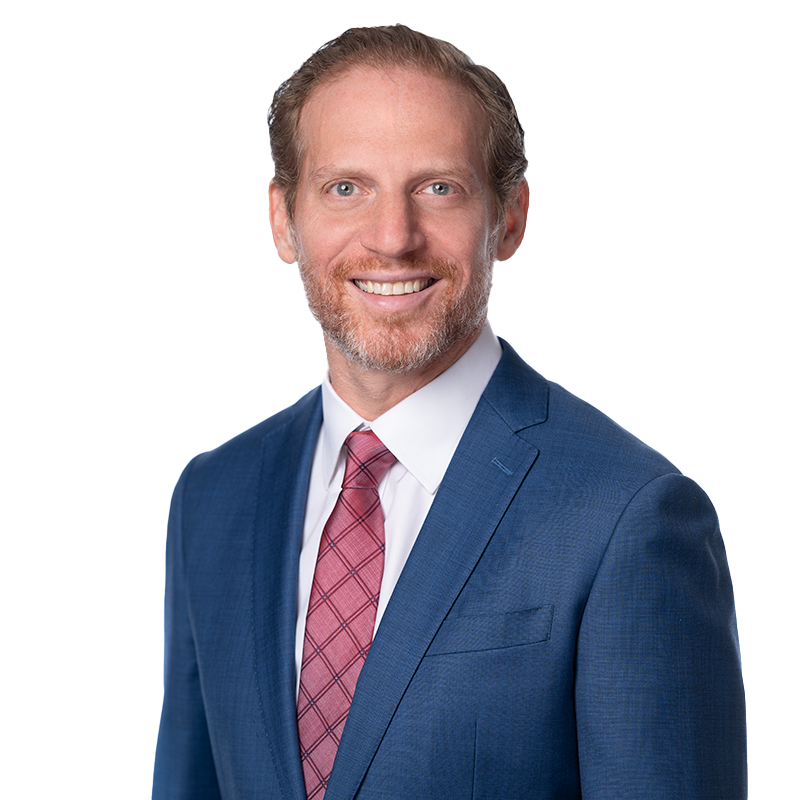May 18, 2020
The U.S. Small Business Administration (SBA) and the U.S. Treasury released the Paycheck Protection Program (PPP) Loan Forgiveness Application on May 15, 2020. Given that the ability to have all or a portion of a PPP loan forgiven is one of the most attractive features of the PPP loan program, the Loan Forgiveness Application has been eagerly awaited by borrowers and lenders alike. The Application and its instructions are available here.
The following highlights are the more salient features of the Loan Forgiveness Application.
- The Loan Forgiveness Application clarifies that the 8-week loan forgiveness period begins on the day of loan disbursement (the Covered Period); however, for administrative convenience, borrowers with a bi-weekly or more frequent pay period may elect to calculate eligible payroll costs using the 8 weeks commencing on the first day of the first pay period after loan disbursement (the Alternative Covered Period). The Application provides, however, that borrowers must use the “Covered Period” and not the “Alternative Covered Period” where there is a reference in the Application to the “Covered Period” only.
- Borrowers may seek forgiveness for eligible payroll costs incurred or paid during the applicable 8-week period. Payroll costs incurred but not paid during the borrower’s last pay period of the Covered Period or the Alternative Covered Period are eligible for forgiveness if paid on or before the next regular payroll date.
- Borrowers may also seek forgiveness for eligible non-payroll costs incurred but not paid during the Covered Period (but not the Alternative Covered Period) provided such costs are paid on or before the next regular billing date, even if the billing date is after the Covered Period (but not the Alternative Covered Period).
- In determining the borrower’s average weekly full-time equivalency (FTE) during the reference period, a borrower may choose the period from (i) February 15, 2019 to June 30, 2019; or (ii) January 1, 2020 to February 29, 2020.
- A borrower must certify that at least 75% of the forgiveness amount is for payroll costs.
- Borrowers must certify that the dollar amount for which forgiveness is requested does not exceed 8-weeks’ worth of 2019 compensation for any owner-employee or self-employed individual/general partner, capped at $15,385 per individual.
- As has been discussed at length before, a borrower’s loan forgiveness may be reduced to the extent the borrower reduces salaries or reduces its number of employees. The Loan Forgiveness Application provides that a borrower’s loan forgiveness will not be reduced for workforce reductions related to:
- Employees that were given a written offer to be rehired, in good faith, and declined such an offer;
- Employees terminated for cause; or
- Employees who voluntarily resigned their employment or voluntarily requested and received a reduction in their working hours.
- Employees that were given a written offer to be rehired, in good faith, and declined such an offer;
- Additionally, the Loan Forgiveness Application provides an FTE Reduction Safe Harbor provision. Under the Safe Harbor, a borrower’s loan forgiveness will not be reduced if (i) the borrower reduced its FTE employee levels in the period from February 15, 2020 to April 26, 2020; and (ii) the borrower then restored its FTE employee levels by not later than June 30, 2020 to its FTE employee levels in the borrower’s pay period that included February 15, 2020.
- Finally, the Loan Forgiveness Application requires a borrower to maintain certain documentation related to its PPP loan for at least 6 years after the loan is forgiven or repaid in full.
As with the PPP Loan Application form, additional guidance and revisions to the Loan Forgiveness Application form should be expected in the coming days and weeks. Our prior coverage of the PPP Loan Program and loan forgiveness is available here. Our Coronavirus resource page is available here.



